The smartphone camera arms race has been heating up for years, but Apple might be lining up its biggest bombshell yet with the iPhone 18 Pro. We're talking variable aperture, a shift that could change how iPhone cameras behave and finally give photographers pocketable control they've been chasing.
Here's what's got everyone talking, according to 9to5Mac, a credible leaker has backed earlier speculation that Apple will bring variable aperture to the iPhone 18 Pro series in 2026. This is not just wishful thinking. Supply chain sources say Apple has moved past planning and is coordinating with manufacturing partners to make it real.
The rollout plan is still cloudy. Will both iPhone 18 Pro and Pro Max get it, or does Apple start with the larger Pro Max, as reported by MacRumors? Either way, it would be the first iPhone with variable aperture, a jump on the scale of Apple adding multiple lenses to its camera system.
[IMAGE: iphone-camera-technology]
What makes variable aperture such a game-changer?
If you shoot on an iPhone today, you live with a fixed aperture. The main cameras on iPhone 15 Pro, 16 Pro, and the upcoming 17 Pro models use a fixed f/1.78 aperture, the lens stays permanently open at its widest setting, according to MacRumors.
Variable aperture flips that script by letting the camera physically adjust how big the opening is, which controls how much light hits the sensor. Think of it like your eye’s pupil, it opens in dim light and tightens in bright conditions, as explained by Apple Gadget Hacks.
Here’s the fun part. You get authentic optical bokeh instead of relying solely on software. Those weird edge artifacts in Portrait mode, the halos around hair or the cutout look near glasses, could fade, as noted by Apple Gadget Hacks. Less computational guesswork, more natural blur.
For enthusiasts, it opens creative doors. Dreamy portraits with natural blur, crisp landscapes with edge-to-edge sharpness, according to Find Articles. Picture this, a candlelit birthday, the lens opens up to pull in light; step outside at noon and it stops down to keep highlights from blowing out, as reported by Geeky Gadgets.
What’s particularly clever about Apple’s approach is that the camera will optimize for each scene while still giving enthusiasts the option for full manual control, according to Geeky Gadgets. Point and shoot if you want; tweak and fine-tune if you do not.
[IMAGE:variable-aperture-comparison]
How Apple's timing and approach differ from competitors
Apple is not first to variable aperture, and that is the point. Samsung tried it with the Galaxy S9 series in 2018, offering two positions, f/1.5 and f/2.4. The feature was dropped by 2020 over thickness and cost concerns, according to Apple Gadget Hacks.
The landscape looks different now. Recent systems like the Xiaomi 14 Ultra offer stepless variable aperture from f/1.63 to f/4.0, a big leap from Samsung’s two-step design and a sign that tiny mechanics have matured, as noted by Hardware Zone.
Apple’s 2026 window lines up with serious supply chain prep. Multiple suppliers are involved. LG Innotek and Foxconn will handle the main camera module, and Chinese manufacturers Luxshare ICT and Sunny Optical will provide actuator mechanisms, as reported by Cult of Mac.
There is more context. Industry analyst Ming-Chi Kuo noted the first wave of reports in November 2024, suggesting Apple has been orchestrating this for over a year, according to MacRumors. The involvement of BE Semiconductor for assembly equipment and Apple adding Sunny Optical to its supply chain last year reads like groundwork for this exact feature, as noted by Mashable.
Classic Apple, build the tech, then build the partnerships so it ships at scale.
[IMAGE::supply-chain-manufacturing]
Which models will get the upgrade and when?
Current reports point to a debut on iPhone 18 Pro models, with strategic logic for starting on Pro Max. Supply chain chatter has tied the Pro Max to variable aperture materials and a 48MP telephoto lens with a wider aperture, according to 9to5Mac.
The Pro Max simply has more room for complex camera hardware, so it is the obvious first stop, as reported by 9to5Mac. Some industry sources say it might hit Pro Max first and then the smaller Pro in later generations, according to Phone Arena. Apple has played that staggered rollout card before.
The iPhone 18 Pro series is expected in September 2026, right on Apple’s usual cadence. The variable aperture system would sit in the main wide-angle camera alongside the ultra-wide and telephoto lenses, as reported by MacRumors. That gives Apple nearly two years to refine manufacturing and hit its quality bar.
Variable aperture will not be the only upgrade. The lineup is also expected to feature next-generation A20 chip technology built on TSMC’s second-generation 2nm process, improved display panels with 1.5K resolution, and enhanced thermal management via new chip design approaches, as noted by Gadgets 360. The A20’s power efficiency and thermals, helped by a Wafer-Level Multi-Chip Module, should make the added camera mechanics easier to manage.
<<IMAGE_PLACEHOLDER:iphone-18-pro-models>>
The bigger picture: where smartphone photography is heading
Apple’s push into variable aperture signals a tighter merge of advanced optics with its already strong computational photography. It is not hardware versus software, it is both, according to Apple Gadget Hacks.
From a competitive angle, this targets a simple truth, camera performance sells premium phones, according to Find Articles. More authentic optical effects mean less cleanup after the fact, a relief for anyone who has seen Portrait mode make hair look cut out or edges look off, as noted by Find Articles.
The credibility here comes from Digital Chat Station, a source with a track record on Apple camera predictions. They previously revealed iPhone 15 sensor differences and iPhone 12 display design well ahead of time, as reported by MacRumors. When someone with that history talks about supply chain coordination two years out, it suggests Apple has moved well past the lab.
So what happens next? If Apple rolls out variable aperture with its usual attention to user experience, the rest of the industry will pay attention. We have seen this with computational photography before, Apple’s moves can reshape competitor roadmaps, as noted by Find Articles.
The bottom line, Apple is not copying what Samsung did with the Galaxy S9, it is updating and polishing the concept. With granular control, smart software integration, and a mature imaging pipeline, Apple has the tools to turn a clever mechanical trick into an everyday advantage for photographers, as noted by Find Articles. That points to a shift in Apple’s camera philosophy, less pure computational dominance, more balance between hardware and software, a template for the next wave of smartphone cameras.




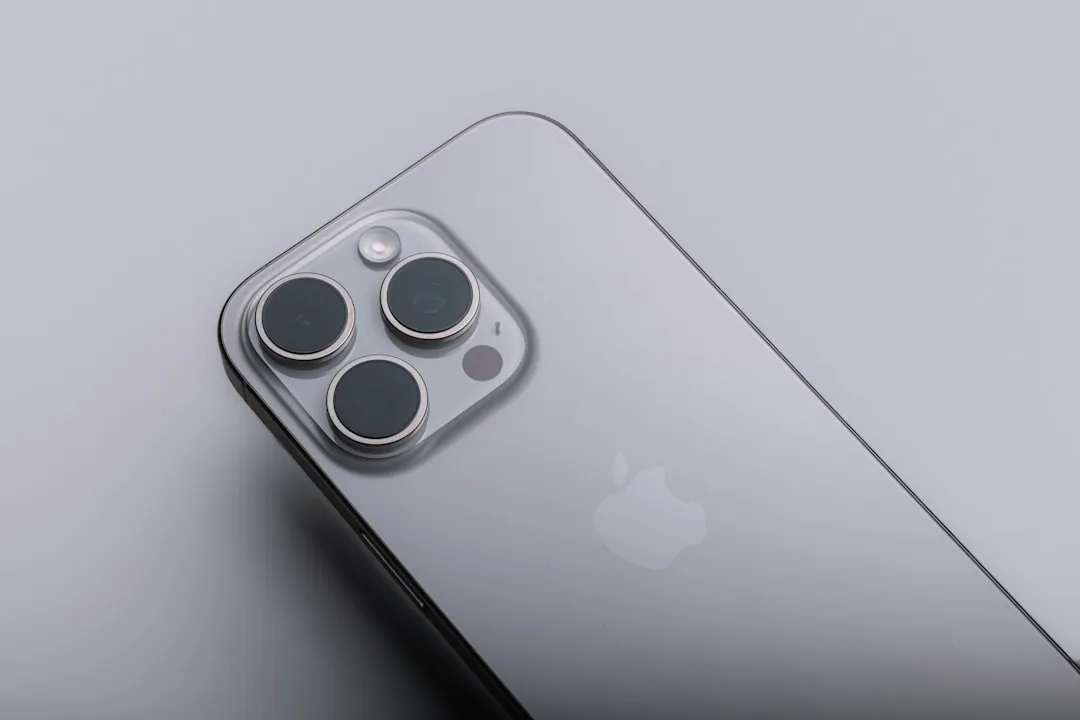
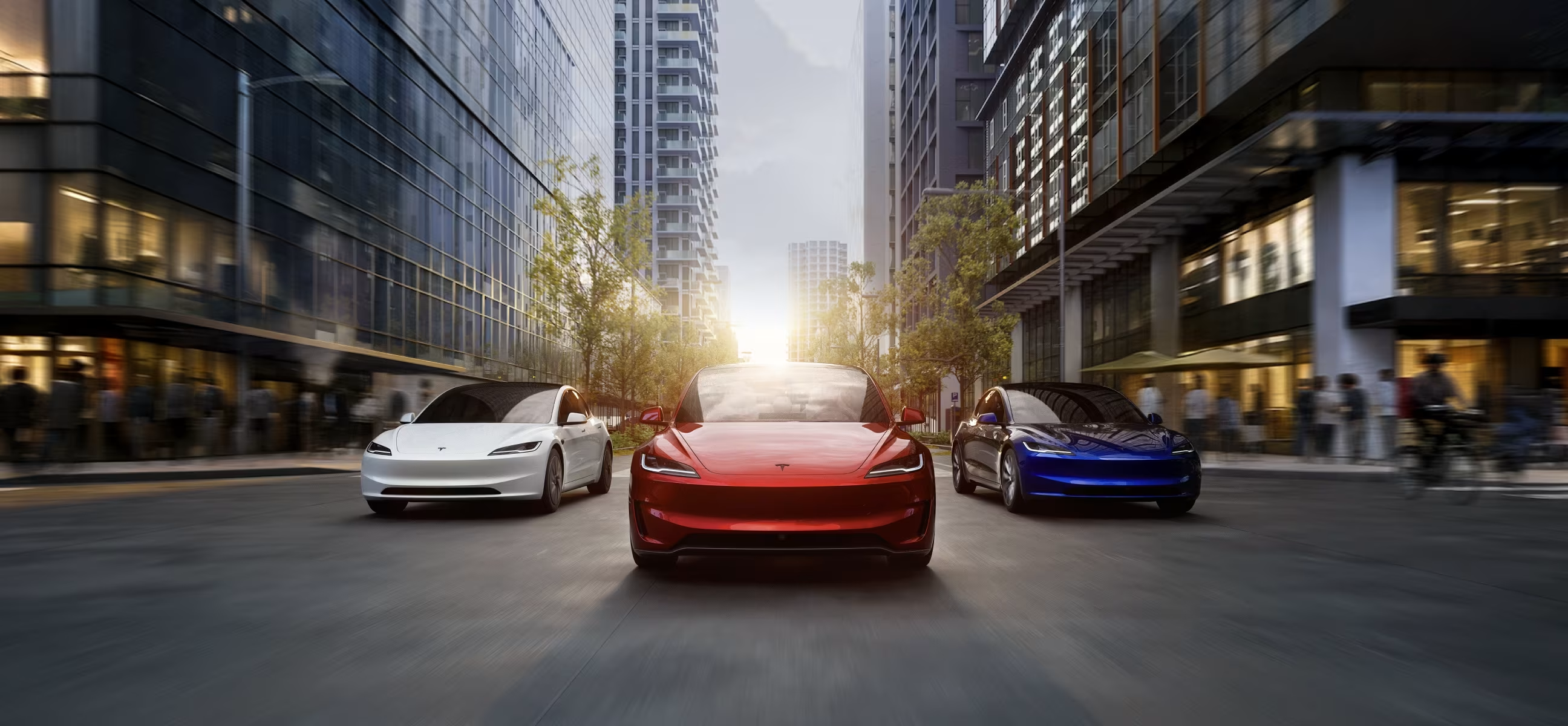

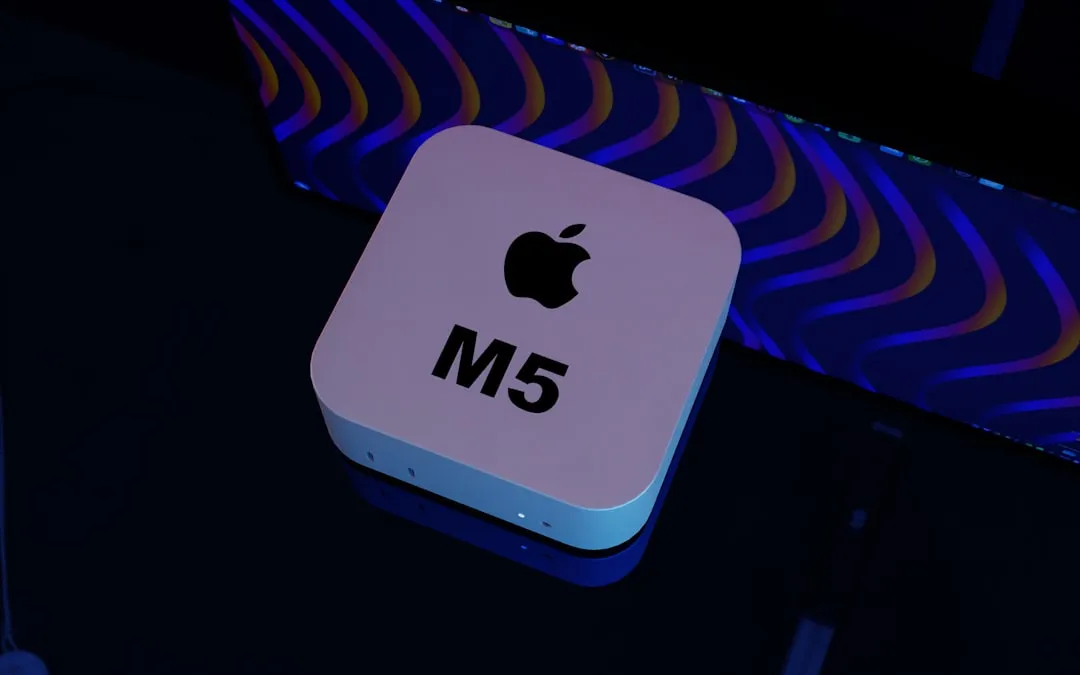
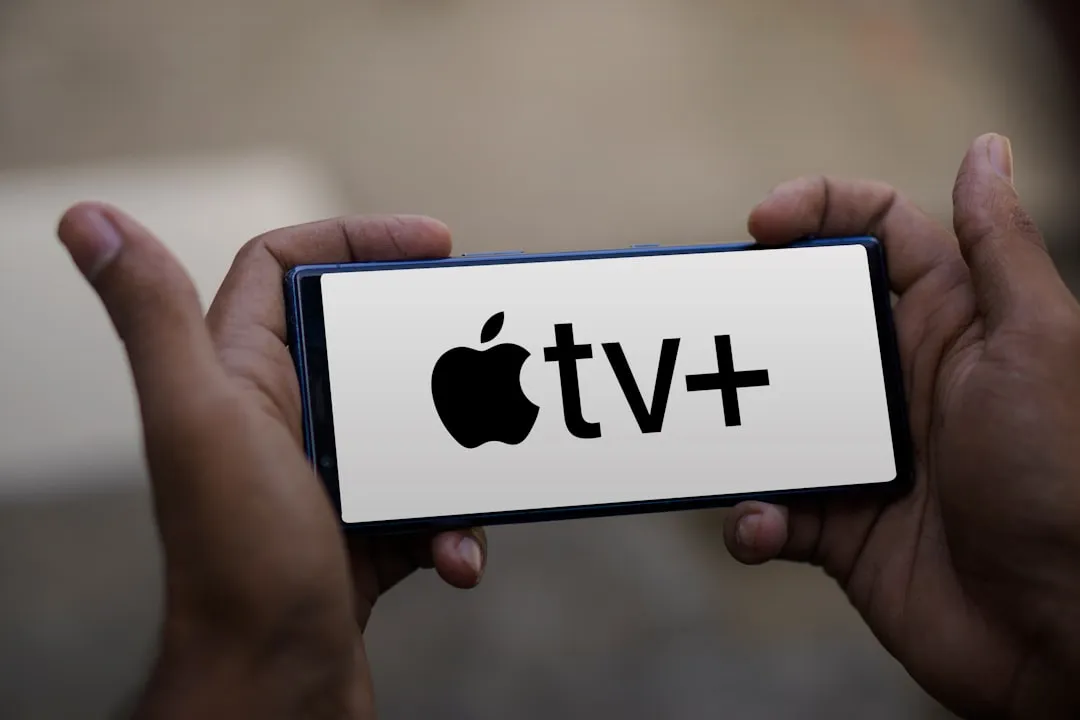
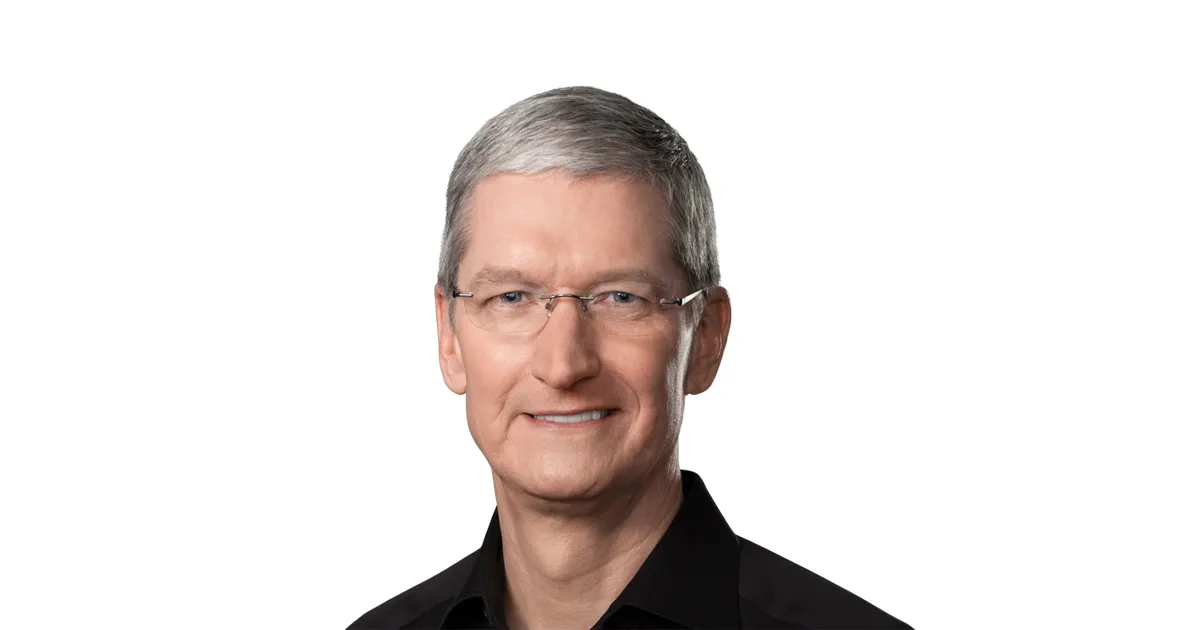
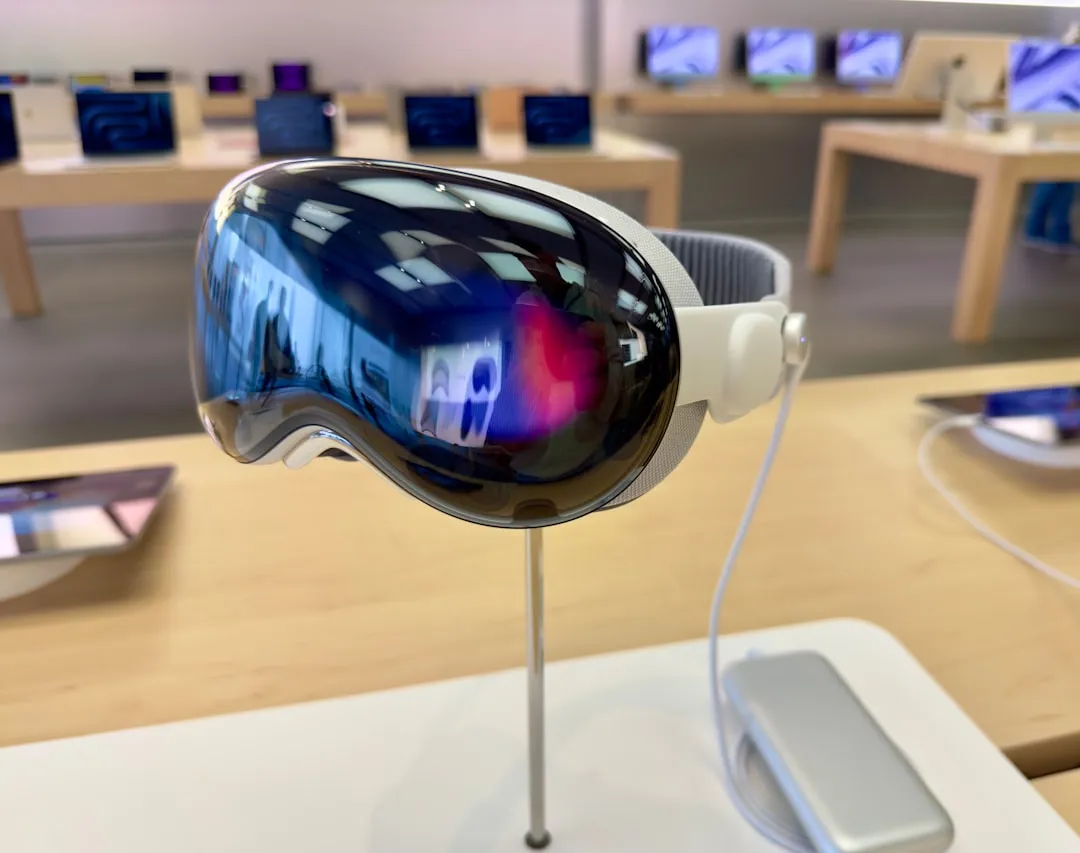
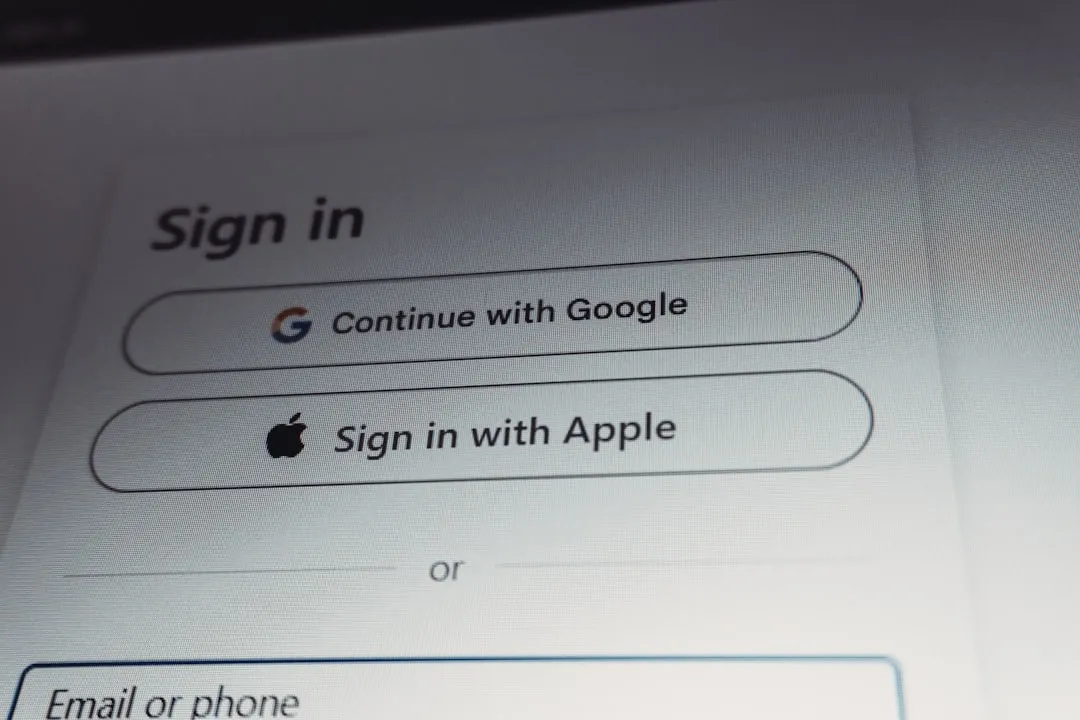

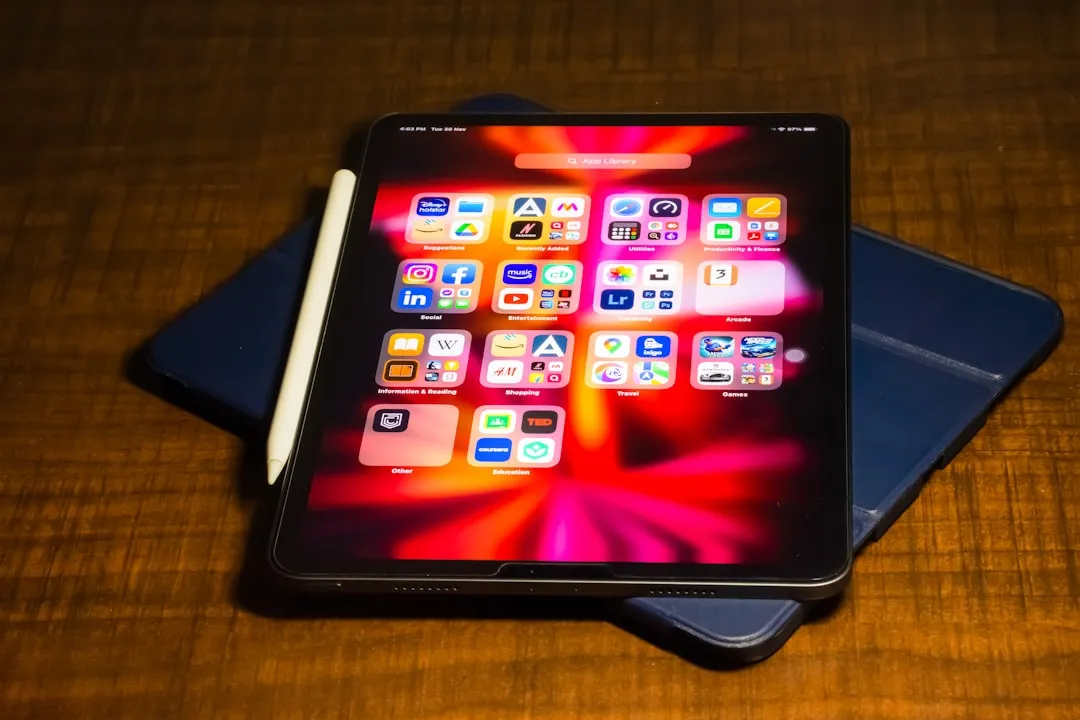
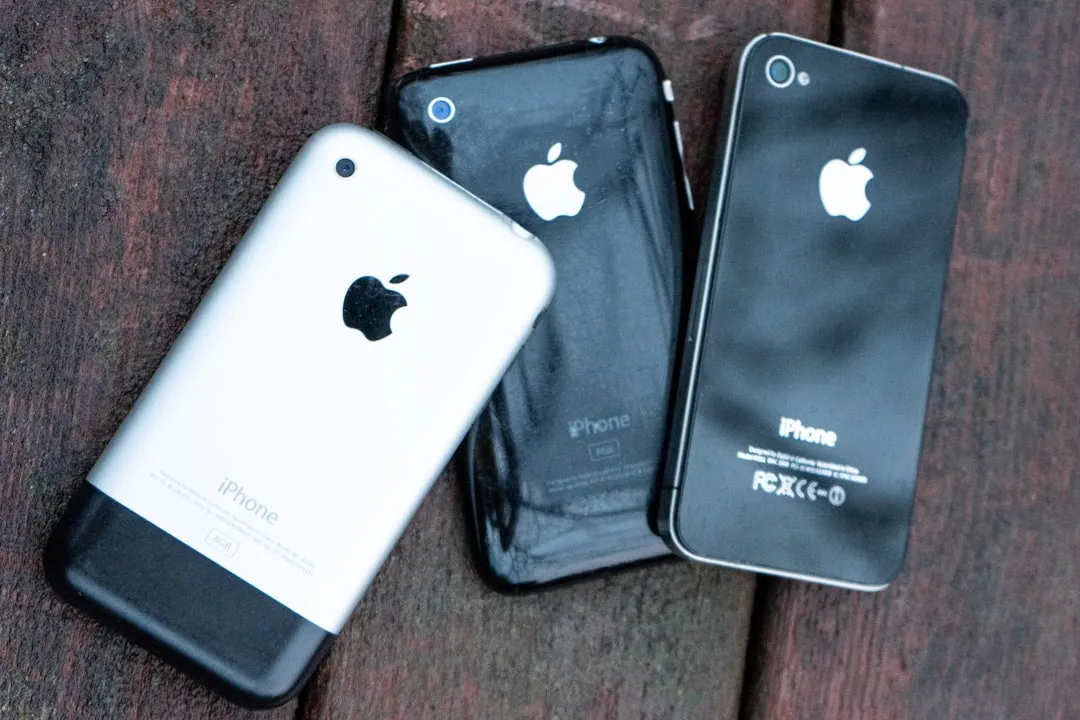
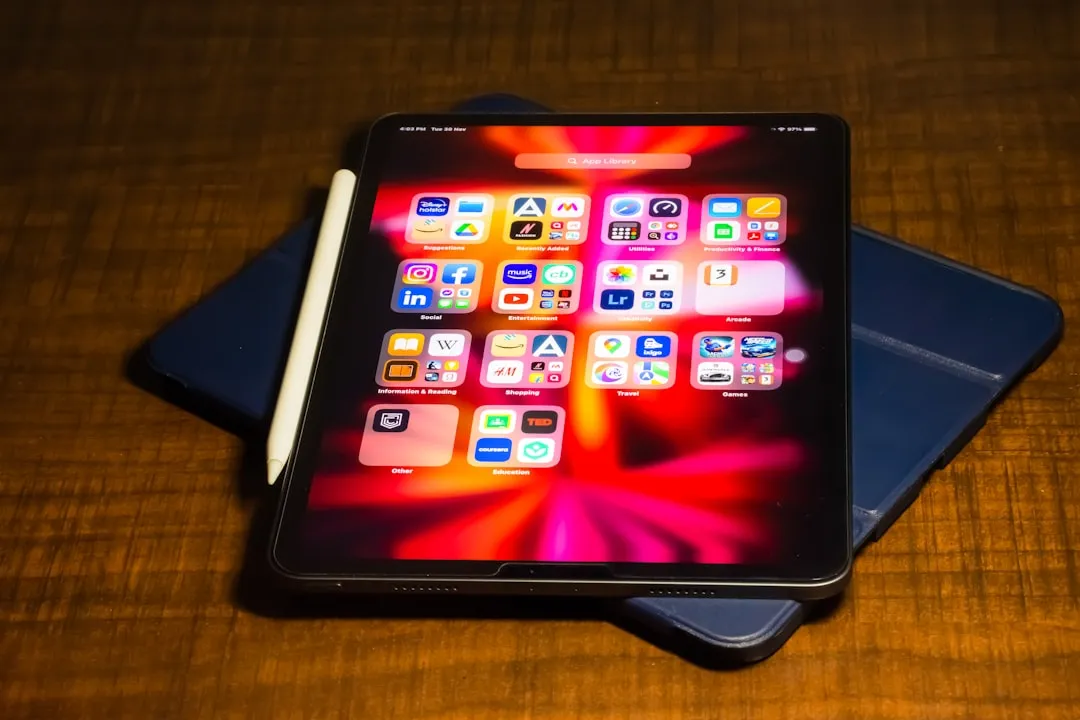

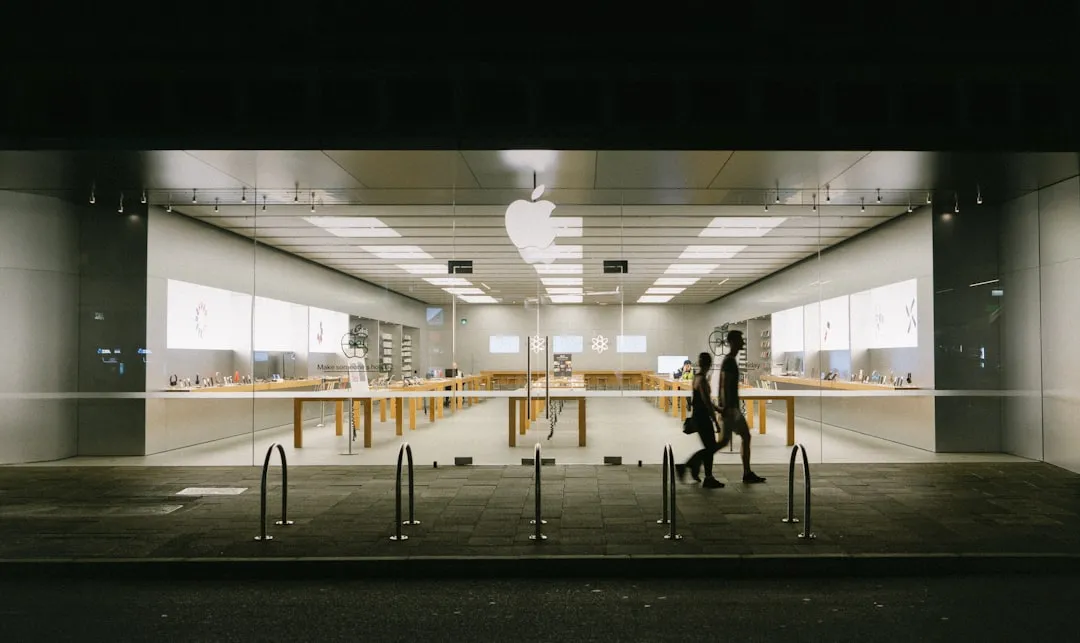
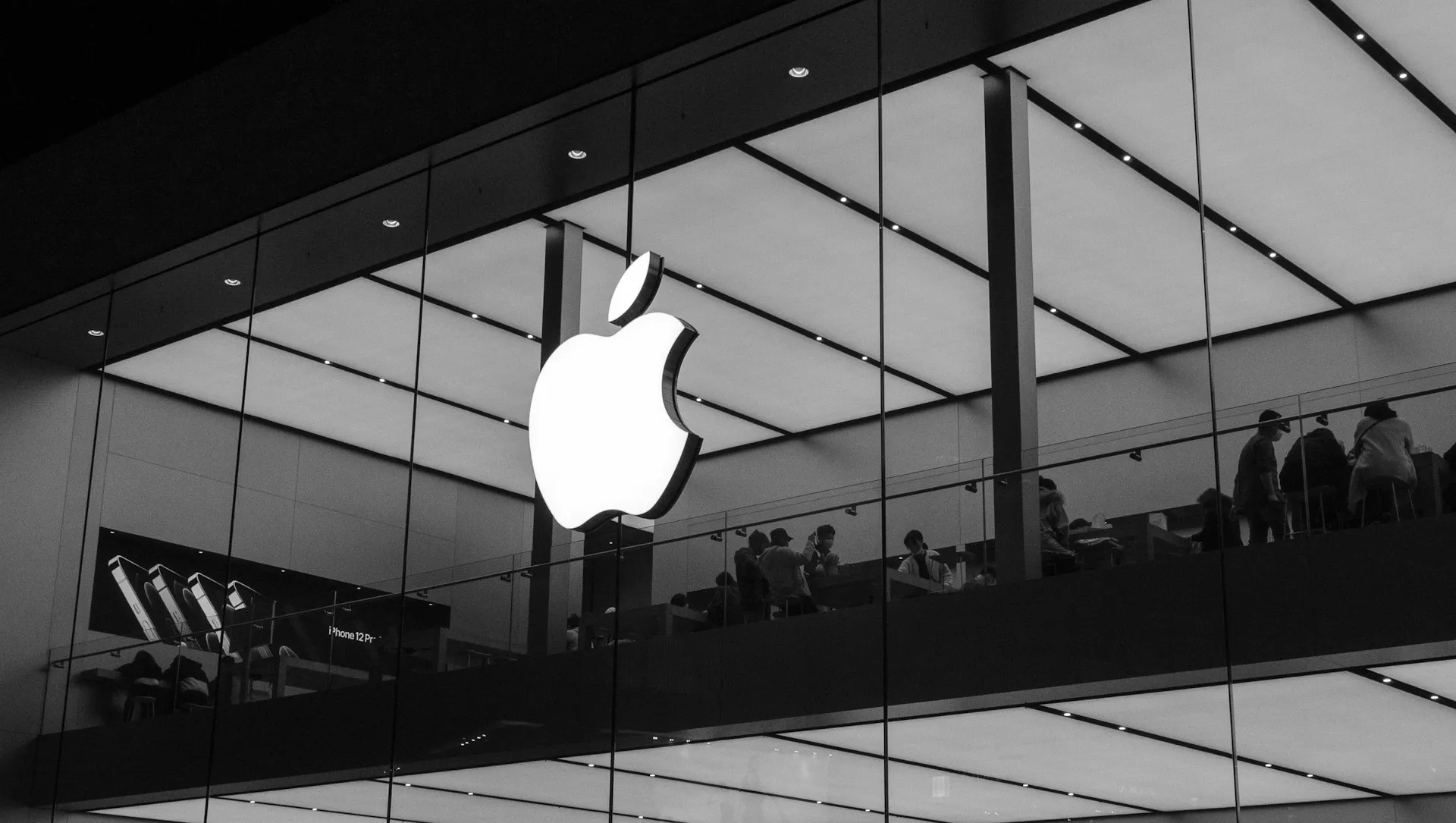
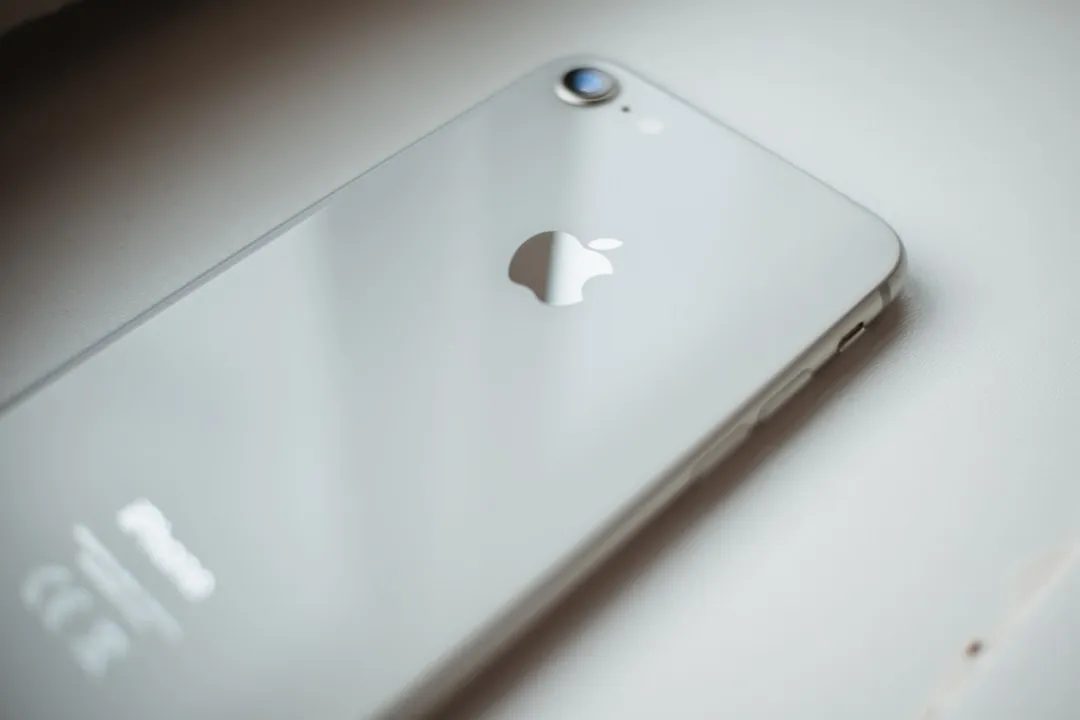
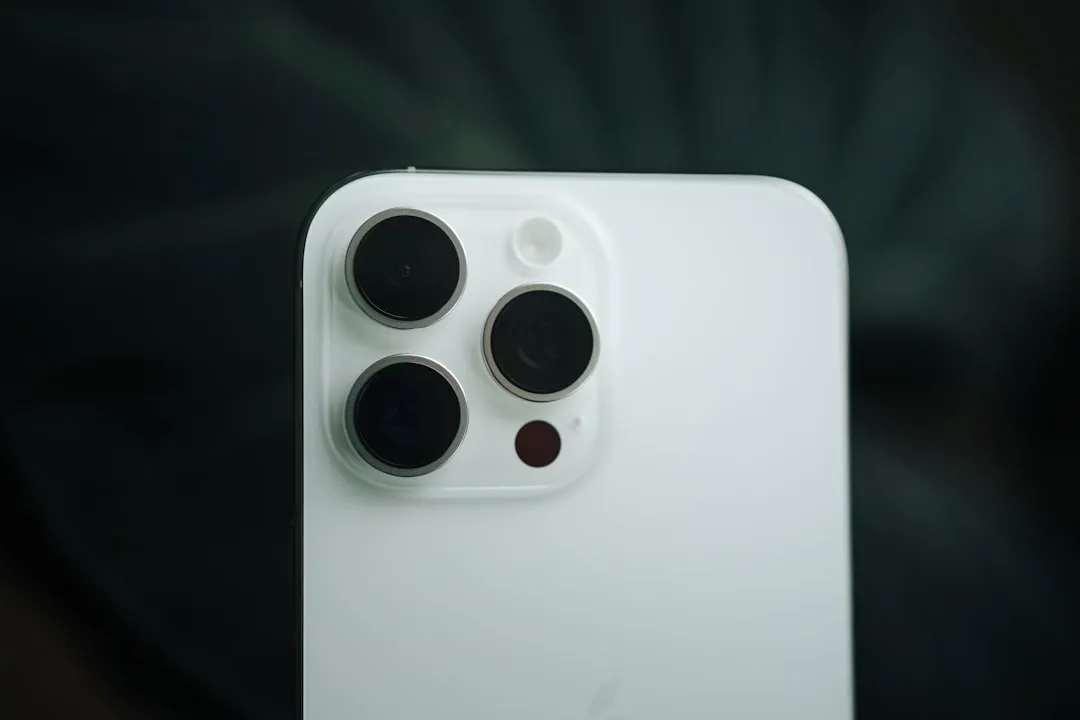

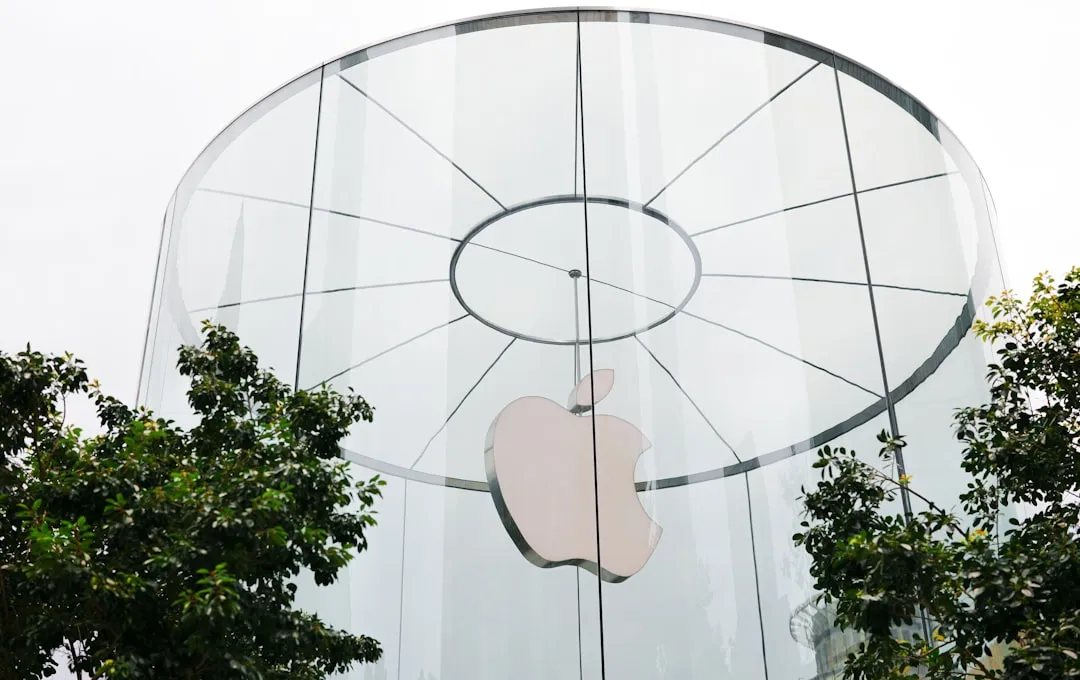


Comments
Be the first, drop a comment!